Types of Water Pumps for Irrigation Systems By Xylem Australia
Irrigation pump for lawns, gardens, and fields there are a couple of factors that influence a pump’s performance. The first is the power of the pump which is controlled by the motor. A bigger motor with higher horsepower means greater volume and greater pressure. The second factor is the size of the impeller. A larger impeller in a smaller case creates higher pressure. But using more pressure than is required by the system leads to wasted energy. For more on Water Pumps for Irrigation Systems, visit: https://www.xylem.com/en-au








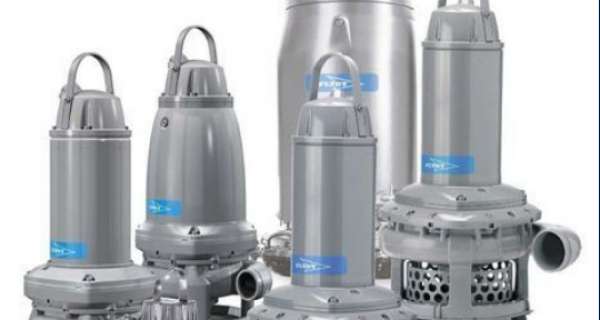
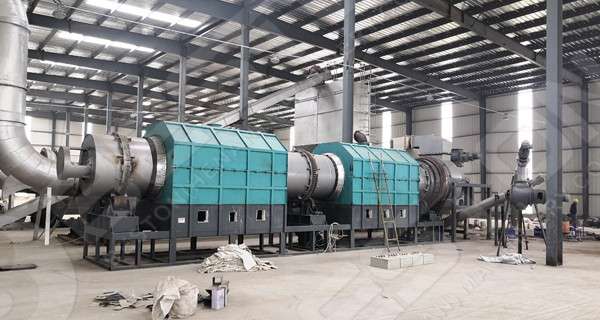
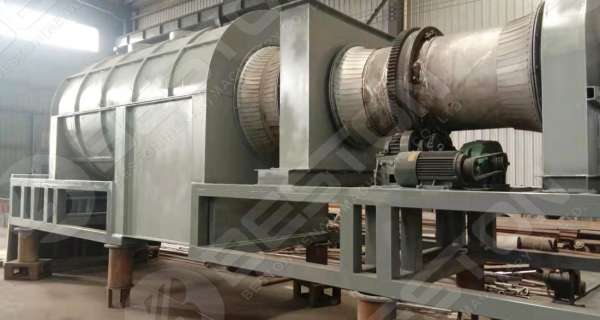









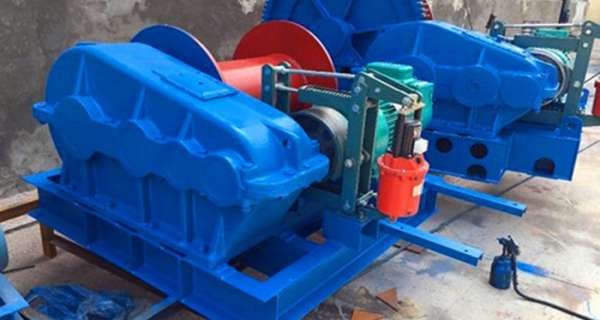
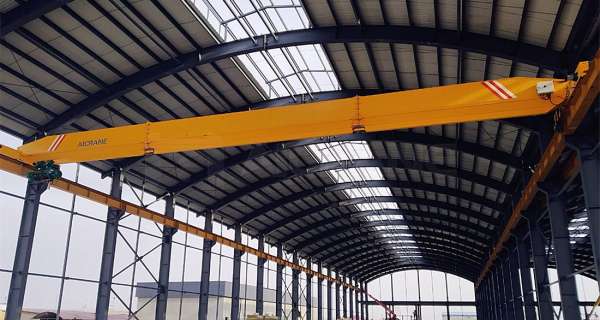










0 Commentaires